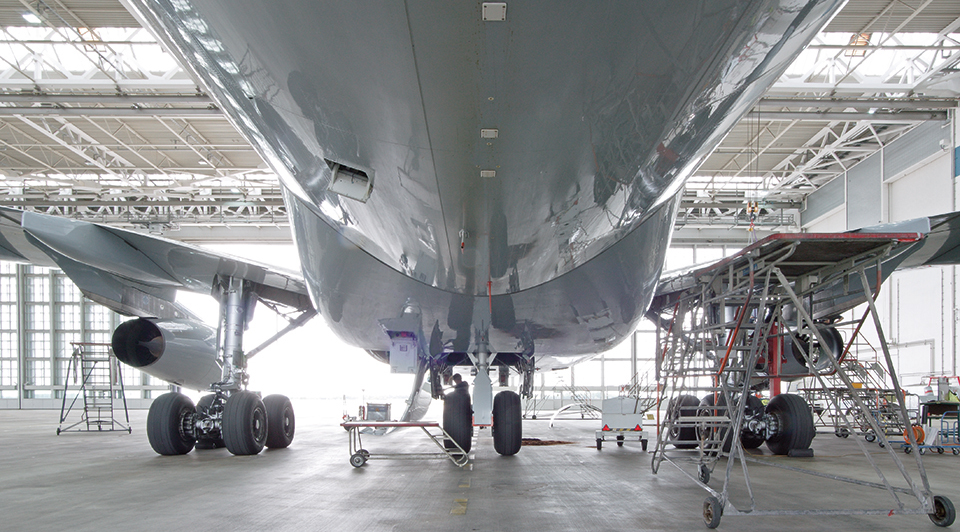Secondary aluminum - also for cyclically loaded lightweight structures


The experimental characterization of cyclic material and component behavior is energy-, time- and cost-intensive. A paradigm shift is sometimes necessary to meet future market requirements. In the context of secondary aluminum, it becomes clear how important an alternative approach to the verification of cyclic properties is, as the conventional approaches are beyond the time frame.
Recycling aluminum from existing end-of-life products and production waste has enormous potential and requires only 5% of the energy needed to produce primary material. Given its crucial role in global decarbonization, the RecAL project, which is supported by the EU Horizon Europe programme and brings together 19 partners from 9 European countries, aims to exploit the potential of this raw material in an environmentally friendly and efficient way, in line with the European Green Deal.
One of the major challenges in recycling aluminum is that the metal is alloyed with a variety of other elements that are virtually impossible to separate again. The current practice of mixing alloys from different end-of-life products inevitably leads to downcycling and a decrease in available recyclables. Europe holds a rich potential for secondary aluminum, which is expected to account for 50% of total aluminum production by 2050. However, this potential resource needs a central hub.
The Recycling technologies for circular aluminum project, RecAL for short, takes a comprehensive approach to using this valuable secondary resource. It strategically addresses every step of the production and reuse cycle and solves challenges along the entire value chain:
With the highest commitment to innovation, RecAL is driving a total of 14 key technological solutions up to technology maturity level 6 to integrate them into a digital, socio-technical ecosystem that will serve as an aluminum hub for circular economy. This interactive platform promotes direct collaboration between all stakeholders along the value chain and supports industrial and technological symbiosis on a large scale by closing energy, resource, and data loops at regional and European level.
In this consortium, Fraunhofer LBF is responsible for characterizing the cyclic material behavior, whereby the necessary effort is to be reduced to ensure that the secondary aluminum has the properties required for cyclically loaded safety components regarding fatigue strength even under environmental influences, in particular corrosion. This is to be achieved using new testing and measurement technology as well as adapted evaluation strategies. The approach to be developed corresponds to a paradigm shift and forms the basis for a time and energy-efficient procedure in the verification of cyclic material and structural properties far beyond RecAL.